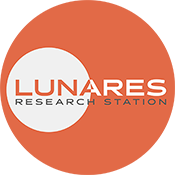AstroMentalHealth PROJECT SCOPE
Mental and behavioral health, work performance, and interaction with nature and technological environment during a space mission – psychological monitoring and intervention programs. In the research methods, the researchers will resort to quantitative (parametric questionnaires and quantitative analyses) and qualitative methods (interviews, video diaries, photographs and thematic analysis and analysis of the expression of emotions observable on the face), enabling a more objective look at the experience of people working and living in space.
The AstroMentalHealth project is divided into the Space (with Axiom-4 crew) and Analog (in LunAres) part of the study. Except from the prior to the ISS data gathering and experiment test during analog missions, the project includes a mirrored mission at LunAres Research Station. The following scheme presents how both aspects are executed.

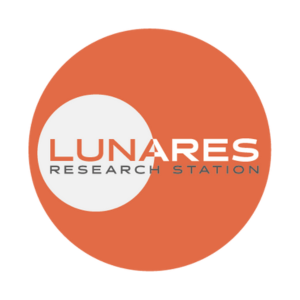
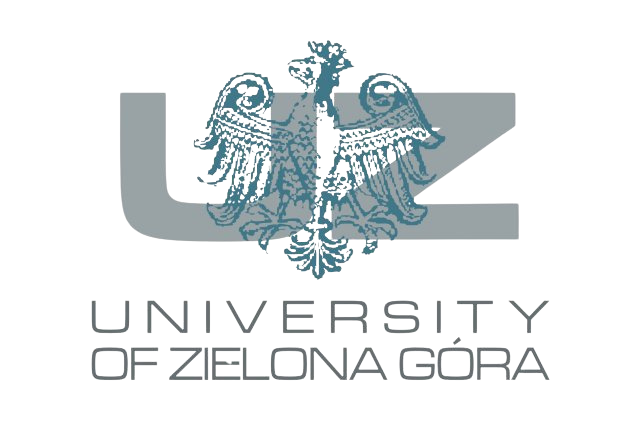

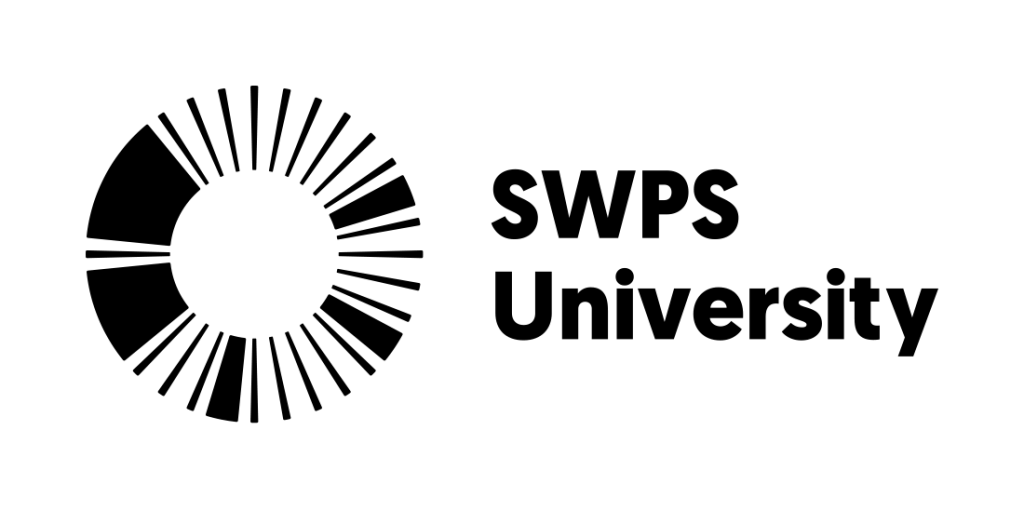

TERRA-NOVA MISSION ARCHITECTURE
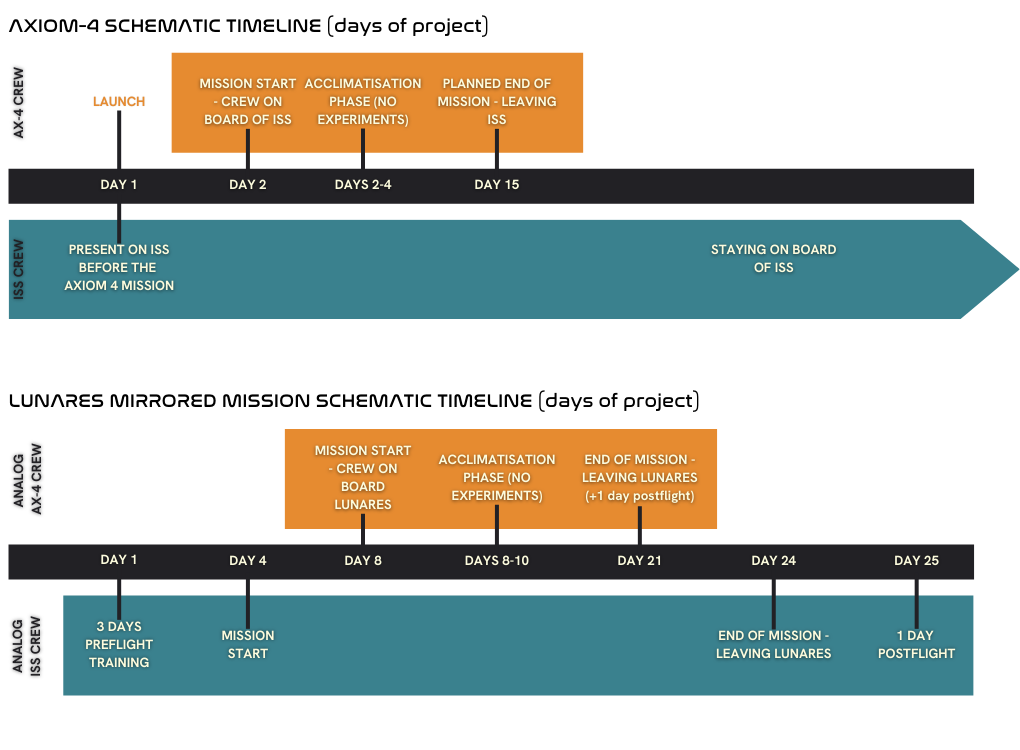
Dates of the mission simulation and training for both A-Ax and A-ISS
Mission Name
A-ISS (Analog-ISS)
Preflight dates
28.05. – 31.05.2025 (4 days)
Mission dates
01.06. – 20.06.2025 (20 days)
Postflight dates
21.06.2025 (1 day)
Mission Name
A-Ax (Analog-Axiom)
Preflight dates
03.06.2025 (1 day)
Mission dates
04.06. – 17.06.2025 (14 days)
Postflight dates
17.06.2025 (1 day)
TERRA-NOVA CREW CALL
Before applying to this mission – ready more in the AstroMentalHealth project and Terra Nova mission announcement.
TRRA-NOVA RESEARCH CALL
The research call is open for both A-Ax and A-ISS mission.
Before submitting research proposal – ready more in the AstroMentalHealth project and Terra Nova mission announcement.
Except for the AstroMentalHealth study, the LunAres is opening a research call for proposals from other research teams, who would like to conduct study and benefit from the unique mission architecture. The Research Call is open for the mission A-ISS and A-Ax. Please note that this Research Call does NOT offer experiment realisation on ISS station, only in the analog environment. The proposals can be addressed to A-ISS, A-Ax or both missions.
